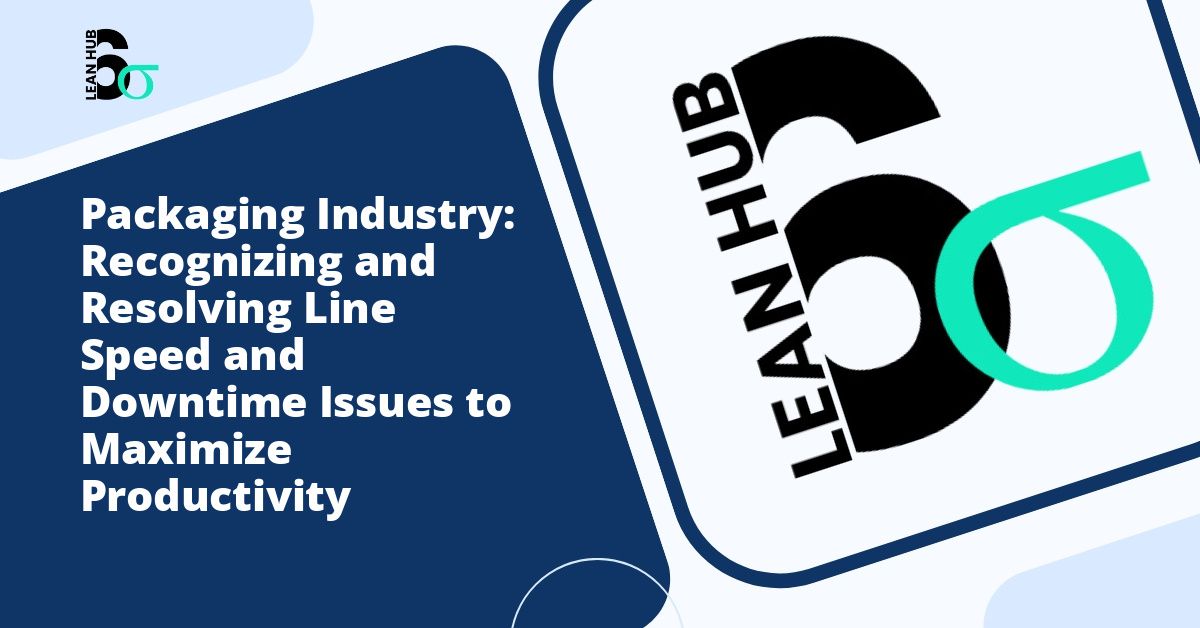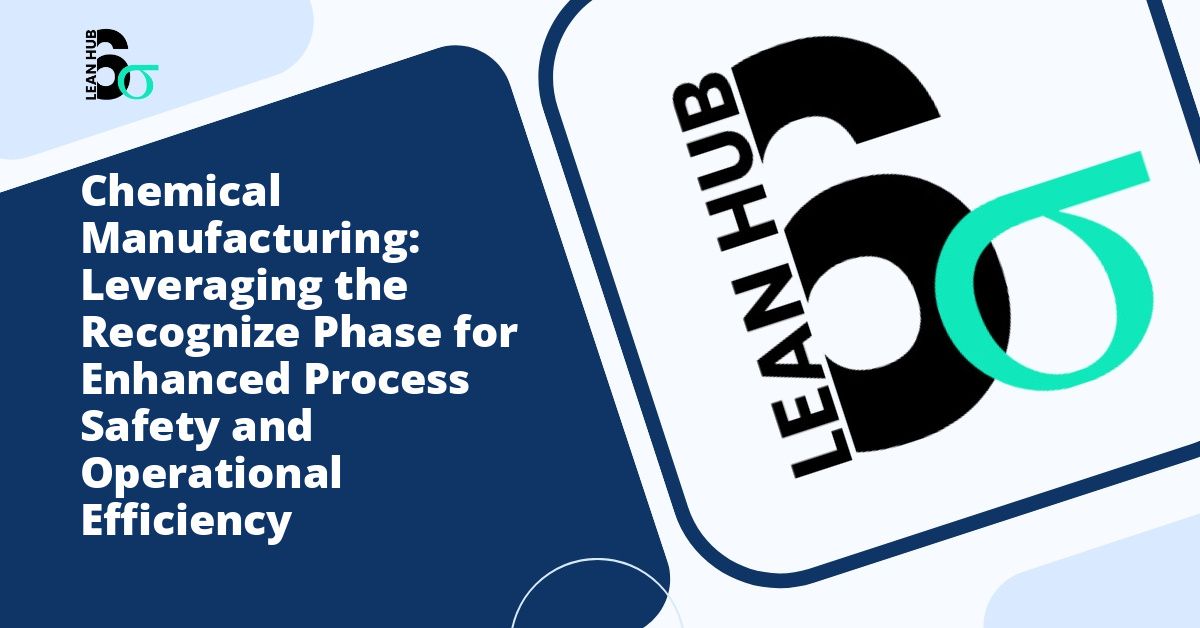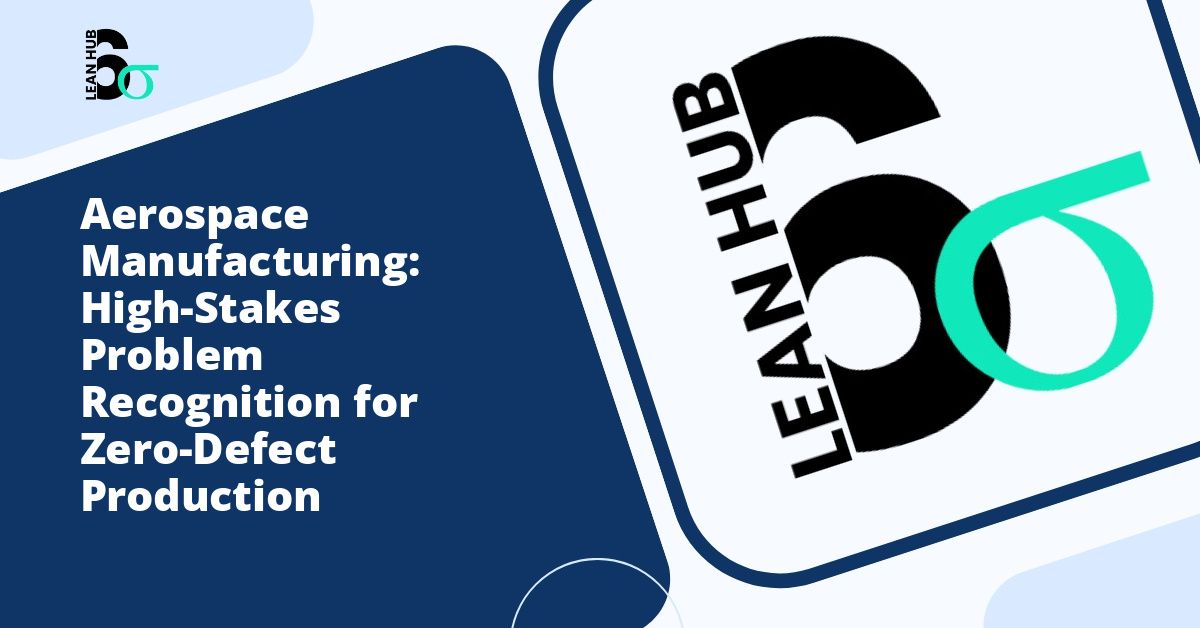In today’s competitive business landscape, organizations constantly seek methodologies that can help them identify and eliminate inefficiencies while maximizing productivity. Two powerful approaches that have gained significant traction are the Theory of Constraints (TOC) and the recognize phase of various improvement methodologies, including lean six sigma. When combined strategically, these frameworks create a formidable toolkit for driving sustainable operational excellence and organizational transformation.
Understanding the Theory of Constraints
The Theory of Constraints, developed by Dr. Eliyahu Goldratt in the 1980s, is a management philosophy that views any manageable system as being limited in achieving its goals by a small number of constraints. The fundamental premise is elegantly simple: every system has at least one constraint that prevents it from achieving higher performance relative to its goal. Just as a chain is only as strong as its weakest link, an organization’s throughput is limited by its most significant bottleneck. You might also enjoy reading about Manufacturing Excellence: Using the Recognize Phase to Reduce Defects and Improve Quality.
TOC provides a systematic approach to identifying these constraints and managing them effectively. Rather than attempting to improve everything simultaneously, which often leads to wasted resources and minimal impact, TOC focuses attention and resources on the critical few factors that truly limit system performance. This focused approach enables organizations to achieve breakthrough improvements with minimal investment. You might also enjoy reading about Kaizen Events and the Recognize Phase: How They Work Together to Drive Continuous Improvement.
The Five Focusing Steps of TOC
The Theory of Constraints operates through five sequential focusing steps that create a continuous improvement cycle: You might also enjoy reading about Building a Winning Business Case in the Lean Six Sigma Recognize Phase.
- Identify the constraint: Determine what is currently limiting the system’s performance
- Exploit the constraint: Make quick improvements using existing resources
- Subordinate everything else: Align all other processes to support the constraint
- Elevate the constraint: Invest in additional resources if necessary
- Repeat the process: Once a constraint is broken, identify the next one
The Critical Importance of the Recognize Phase
The recognize phase serves as the foundation for any successful improvement initiative. This crucial first step involves systematically identifying problems, opportunities, and constraints within an organization. Without proper recognition of issues, even the most sophisticated improvement methodologies will fail to deliver meaningful results.
In lean six sigma methodology, the recognize phase is often integrated within the Define phase of the DMAIC (Define, Measure, Analyze, Improve, Control) framework. This phase requires organizations to develop a comprehensive understanding of their current state, including processes, performance metrics, customer requirements, and existing pain points.
Key Activities in the Recognize Phase
The recognize phase encompasses several critical activities that lay the groundwork for successful improvement initiatives:
- Process mapping: Documenting current workflows and identifying all stakeholders
- Data collection: Gathering relevant performance metrics and baseline measurements
- Stakeholder engagement: Interviewing employees, customers, and management to understand different perspectives
- Problem identification: Systematically documenting issues, inefficiencies, and opportunities
- Prioritization: Evaluating problems based on impact, feasibility, and strategic alignment
The Synergy Between TOC and the Recognize Phase
When organizations combine the Theory of Constraints with a robust recognize phase, they create a powerful synergy that amplifies the effectiveness of both approaches. The recognize phase provides the systematic methodology for identifying constraints, while TOC offers a proven framework for managing and eliminating them.
This combination addresses a common pitfall in improvement initiatives: the tendency to work on the wrong problems. Many organizations invest significant resources in solving issues that have minimal impact on overall performance. By using the recognize phase to thoroughly understand the system and applying TOC principles to focus on true constraints, organizations ensure their improvement efforts deliver maximum value.
Enhanced Problem Identification
The recognize phase, when informed by TOC principles, becomes significantly more effective. Instead of creating an exhaustive list of every problem within an organization, teams learn to distinguish between constraints and non-constraints. This distinction is crucial because improving a non-constraint, while potentially beneficial locally, does nothing to improve overall system performance.
For example, a manufacturing facility might identify numerous issues during the recognize phase, including machine downtime, quality defects, inventory levels, and workforce scheduling challenges. Without TOC thinking, teams might attempt to address all these issues simultaneously. However, applying TOC principles during recognition helps identify which of these issues represents the actual constraint limiting throughput.
Strategic Resource Allocation
Organizations invariably face resource constraints, whether in terms of budget, personnel, or time. The combination of TOC and the recognize phase enables strategic resource allocation by identifying where investments will yield the greatest return. Rather than spreading resources thinly across multiple initiatives, organizations can concentrate their efforts on the constraint that truly limits performance.
This focused approach also generates quicker wins, building momentum and stakeholder buy-in for continuous improvement initiatives. When teams see tangible results from addressing the primary constraint, they become more engaged and committed to the improvement process.
Implementing the Combined Approach
Successfully implementing TOC within the recognize phase requires a structured methodology and commitment from all organizational levels. Here are practical steps for organizations looking to leverage this powerful combination:
Step 1: Establish Clear Objectives
Begin by defining what success looks like for your organization. What is the goal that the system is trying to achieve? Whether it is increased revenue, improved customer satisfaction, reduced lead times, or enhanced product quality, clarity on objectives is essential for identifying relevant constraints.
Step 2: Conduct Comprehensive Process Analysis
Document your current processes in detail, mapping the flow of materials, information, and decisions throughout your organization. This process analysis should integrate lean six sigma tools such as value stream mapping, which helps visualize where value is added and where waste exists. Pay particular attention to areas where work queues build up, as these often indicate constraints.
Step 3: Gather and Analyze Data
Collect quantitative data on process performance, including throughput rates, cycle times, quality metrics, and resource utilization. This data provides objective evidence for identifying constraints and establishes baselines for measuring improvement. The recognize phase should involve both quantitative metrics and qualitative insights from people working within the system.
Step 4: Identify the Constraint
Using the information gathered during recognition, identify the primary constraint limiting your system’s performance. Remember that constraints can be physical (such as equipment capacity), policy-based (such as outdated rules or procedures), or market-related (such as demand limitations). The constraint is typically found where work accumulates or where the system demonstrates its slowest throughput.
Step 5: Validate Your Findings
Before investing significant resources in addressing what you believe to be the constraint, validate your hypothesis. Use techniques such as pilot studies, simulations, or small-scale experiments to confirm that improving this area will indeed enhance overall system performance.
Common Challenges and How to Overcome Them
Organizations implementing this combined approach often encounter several challenges. Recognizing these obstacles in advance helps teams prepare appropriate mitigation strategies.
Resistance to Focus
Many managers struggle with the discipline required by TOC. They feel uncomfortable not addressing all identified problems simultaneously. Overcoming this resistance requires education about system thinking and demonstrating through data that improvements to non-constraints do not enhance overall performance.
Inadequate Data
The recognize phase may reveal that organizations lack adequate data to identify constraints accurately. Investing in measurement systems and data collection processes becomes necessary before proceeding with improvement initiatives. This upfront investment pays dividends throughout the improvement journey.
Organizational Silos
Constraints often exist at the intersection of different departments or functions. Organizational silos can impede effective recognition and resolution of these cross-functional constraints. Building cross-functional teams and fostering collaborative cultures helps overcome these barriers.
Conclusion
The combination of Theory of Constraints and the recognize phase represents a powerful approach to organizational improvement. By systematically identifying constraints during the recognize phase and applying TOC principles to manage them, organizations can achieve breakthrough improvements in performance. This focused, data-driven approach aligns perfectly with lean six sigma methodologies, creating a comprehensive framework for continuous improvement.
Organizations that master this combination discover they can accomplish more with less, delivering superior value to customers while optimizing resource utilization. As businesses face increasingly complex challenges, the clarity and focus provided by TOC and the recognize phase become not just advantageous but essential for sustained competitive success.








